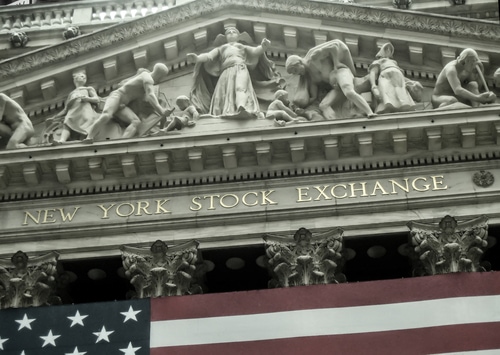- Summary:
- New coronavirus concerns are starting to chip away at the S&P 500 index, threatening to halt its three-day rally along with airline and cruise stocks.
A muted day of trading has seen the S&P 500 index give up earlier gains to turn lower by 0.08%, as markets renew their worries over rising coronavirus infections. Reports of a spike in new hospitalizations due to coronavirus in 6 US states is posing to be a significant limitation for the S&P 500 today. Also weighing on the index are coronavirus-related headlines from elsewhere, with sections of Beijing now placed under lockdown. Furthermore, thousands of flights to and from the capital scrapped over the weekend.
Stocks affected by today’s downside include cruise line stocks Carnival Corp, which is down 5.78% and Delta Airlines, down by 2.46%, United Airlines (-3.71%) and Boeing (-2.22%) are also down as the Chinese flight cancellations spook investors in airline stocks. An announcement from Qatar Airways CEO that Akbar al-Baker that there would be no new plane orders from Boeing or Airbus was not received well by the investors in the stocks of the two aeroplane makers.
The S&P 500 now trades at 3121.1 as at the time of writing.
Download our Q2 Market Global Market Outlook
Outlook for S&P 500
Today’s downward move follows a rejection of yesterday’s candle at the 3137.0 resistance line. The current price candle failed to initiate a breakout rally and is now pulling back towards the 3070.8 support line. A breakdown of this support allows the S&P 500 to return to the support zone bordered by 3028.3 and 2961.4. These price levels act as the ceiling and the floor of this zone, respectively. Only a breakdown of this zone allows the S&P 500 to resume a marked selloff towards 2844.3 and 2707.7.
Conversely, a march towards the 3257.8 potential resistance can be initiated by an immediate breakout above 3137.0. Alternatively, a bounce at the support zone which spurs enough momentum to take the price above 3137.0 as well as the 8 June 2020 high at 3233.1 may do the trick. The resistance formed by the previous all-time highs of 24 January 2020 could become a target if this bounce-breakout sequence becomes a reality.


